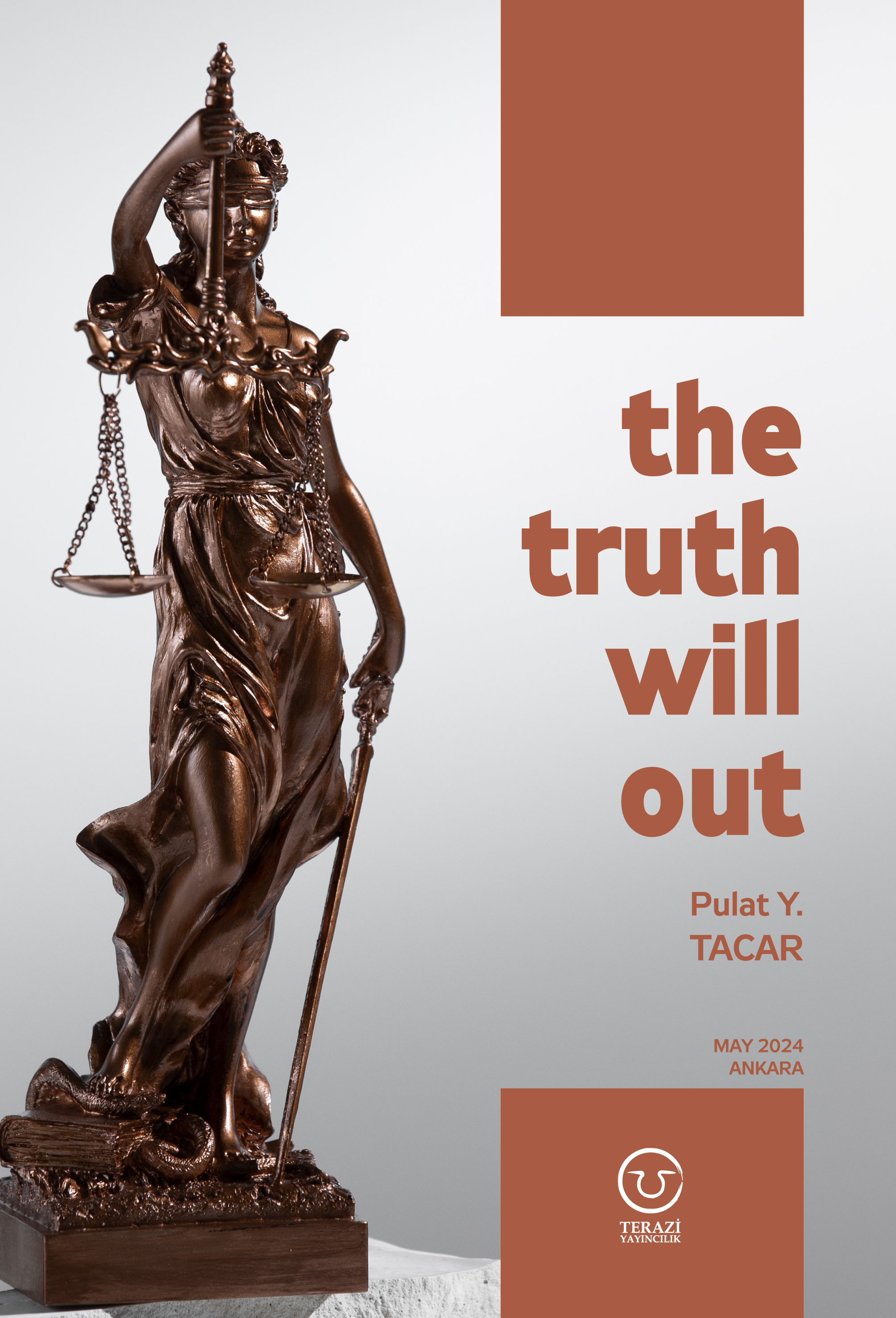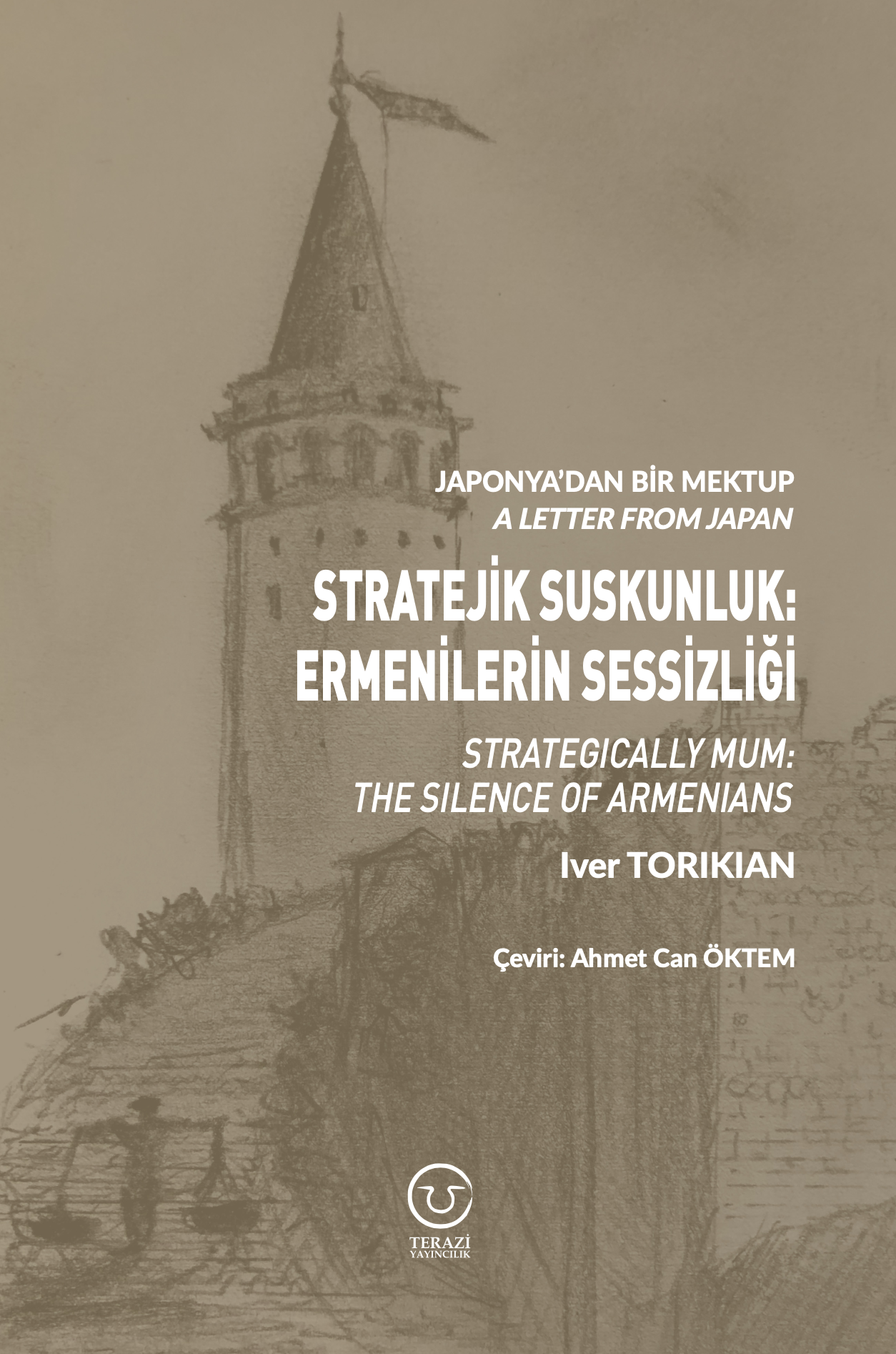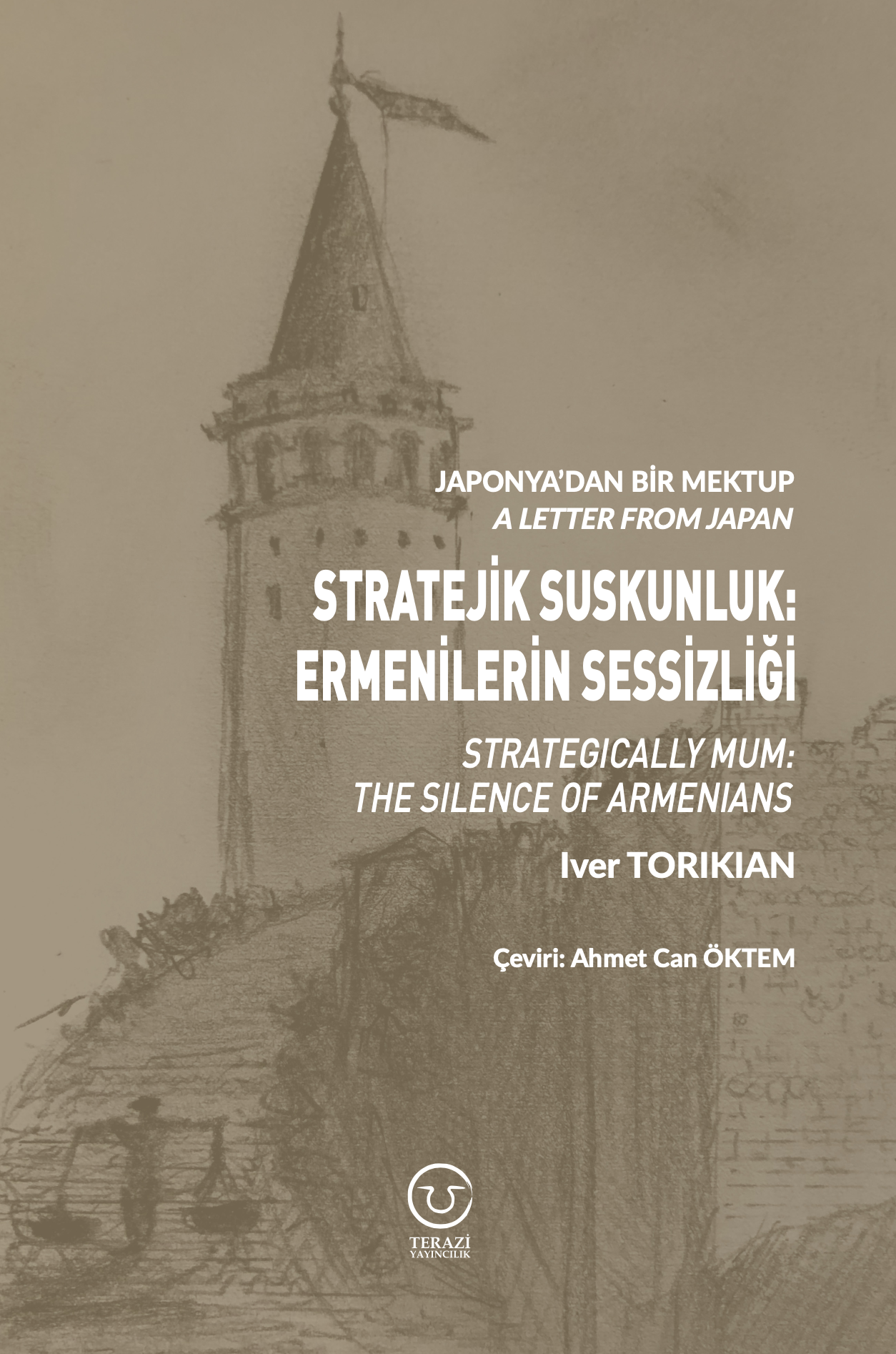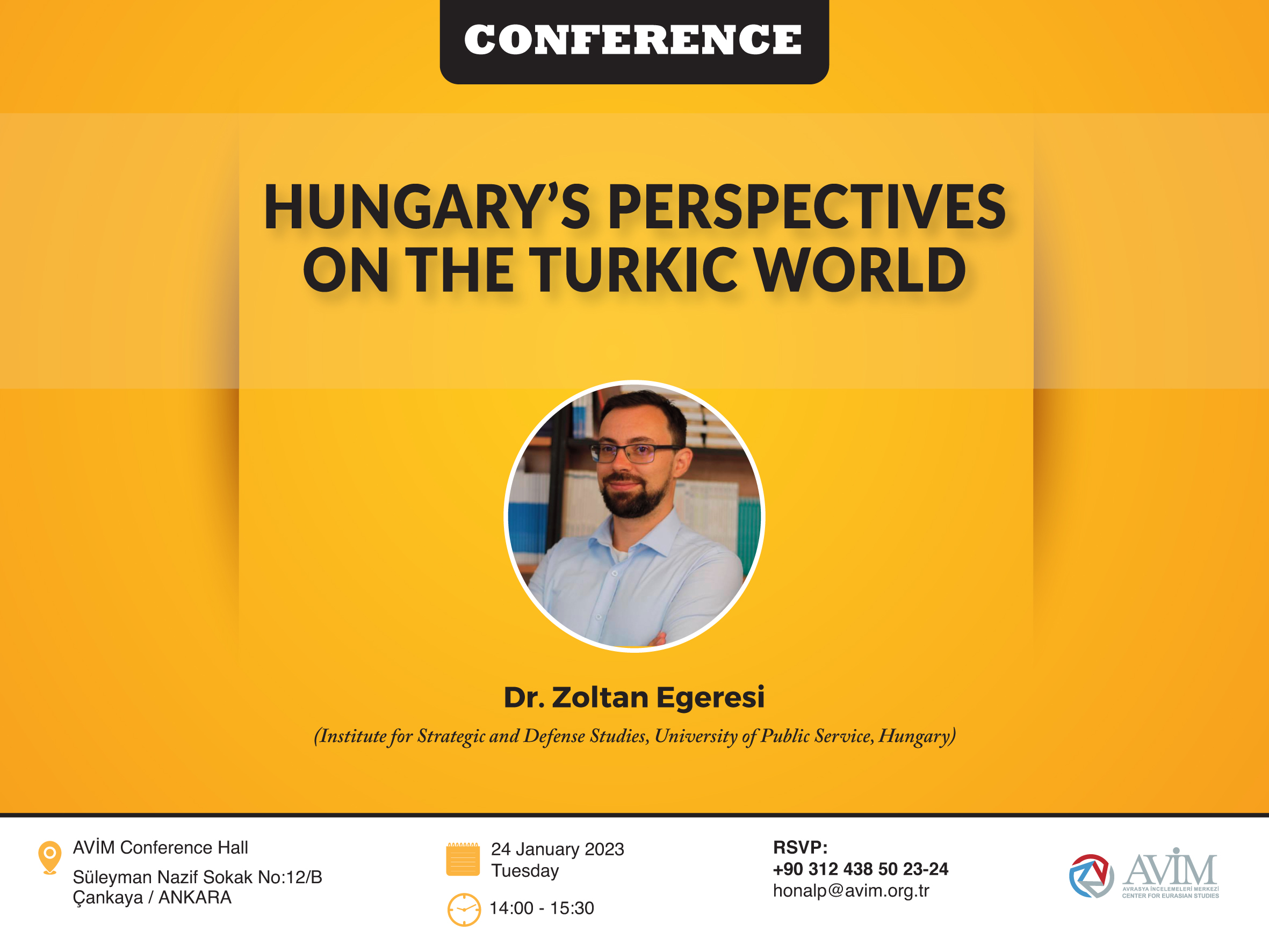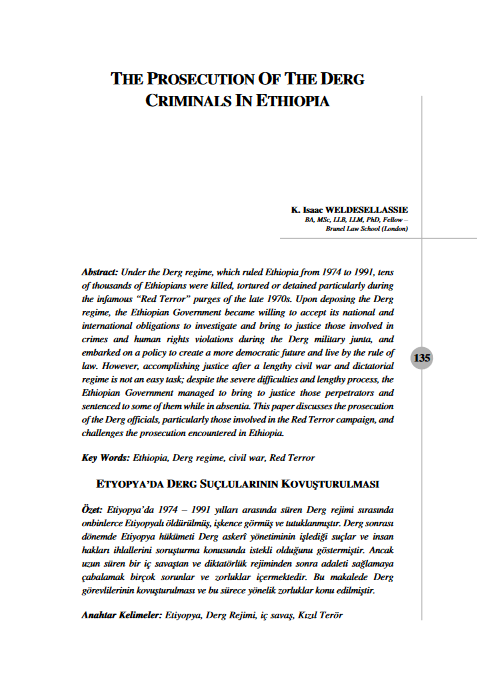It is possible to make a classification of the countries on a global basis as countries receiving migration and those providing immigrants. The geography where Turkey is located comes to the fore as a region that gives migration. Perhaps the only exception to this trend is Turkey itself. Within the last two centuries, Turkey, which at some point acquired a composition where a large proportion of its population consisted of immigrants, has become a country where the number of immigrants is greater than the migration it gives.
In the neighboring country Armenia, a very different development is in motion. Armenia’s population follows a downward slope with the influence of the constant migration it provides to the outside, in addition to low birth rates. It is known that currently a couple of times more people of Armenian origin than the Armenian population in Armenia proper live dispersed in various parts of the world. The country in which a population of Armenian origin lives the most densely is Russia. Then, in decreasing numbers come the US and Canada, Europe with France being at the forefront, the Middle East, Latin America with Argentina being at the fore and Australia.
The countries, to which the Armenians prefer to migrate, when Russia where the majority has migrated to is excluded, correspond to the destinations of other communities migrating from the region. One characteristic of the Armenian diaspora that catches the eye is that although they can easily integrate with the community they live in, they resist assimilation. The source of the Armenian diaspora’s power in their resilience of safe guarding their identity appears to be twofold: the church and religion of own denomination with own traditions and nationalism kept alive through the support of the church.
One leading motive of the Armenian diaspora’s nationalism which is carried back to two millennia in a legendary manner and brought to a climax at the years preceding and during the first world war where the dream they have been tragically provoked to follow both by internal as well as foreign elements has backfired, as a result of which the culprits as well as the innocent have suffered surfaces as victimization and call for solidarity from generation to generation.
Although the victimization is described as the great calamity in a one-sided and egoistic manner without taking into consideration the mutual pains of the period, it is nevertheless understandable from a sociological perspective. However, this one-sided perception to be made a subject of political propaganda and starting to serve political ambitions triggers a defense reflex in the party subject to those allegations, Turkey, leading to the unhealing of thee deep sorrows and wounds of its recent history it has suppressed and buried with pain.
In the political stage, these allegations, brought forth by a group forming a minority of the Armenian diaspora, curiously originating from countries having provoked the Armenians in the past and without doubt carrying responsibility for the tragic events, brings to the agenda the question of whether these countries with which Turkey currently has close relations still bear historical ulterior intentions by condoning and even tolerating those allegations, hate speech and ethnic defamation.
© 2009-2025 Center for Eurasian Studies (AVİM) All Rights Reserved
 FRANCE HAS BEGUN TO SHED SOME FACTUAL LIGHT ON ITS ACTIONS IN RWANDA
FRANCE HAS BEGUN TO SHED SOME FACTUAL LIGHT ON ITS ACTIONS IN RWANDA
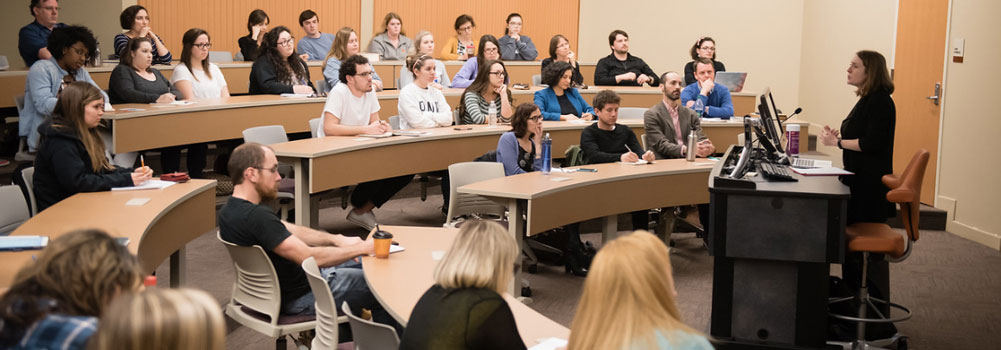 WORKSHOP ON ARMENIAN TURKISH SCHOLARSHIP: POLITICS AND GRATUITY AT WORK AGAIN
WORKSHOP ON ARMENIAN TURKISH SCHOLARSHIP: POLITICS AND GRATUITY AT WORK AGAIN
 EU OBSERVER IN THE SPOTLIGHT AGAIN
EU OBSERVER IN THE SPOTLIGHT AGAIN
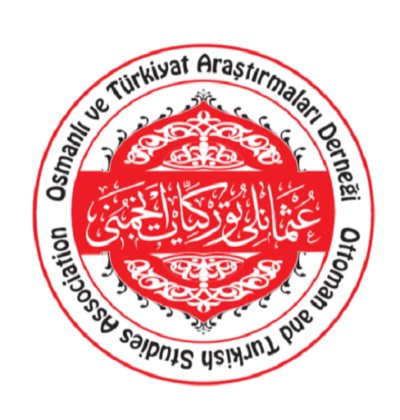 RENEWED ATTEMPTS OF THE CURRENT OTSA ADMINISTRATION TO REMOVE THE NAMES OF FUAT KÖPRÜLÜ AND HALİDE EDİP ADIVAR FROM THE OTSA AWARDS
RENEWED ATTEMPTS OF THE CURRENT OTSA ADMINISTRATION TO REMOVE THE NAMES OF FUAT KÖPRÜLÜ AND HALİDE EDİP ADIVAR FROM THE OTSA AWARDS
 TURKISH RUSSIAN JOINT MONITORING CENTER BECAME OPERATIONAL AT AGHDAM
TURKISH RUSSIAN JOINT MONITORING CENTER BECAME OPERATIONAL AT AGHDAM

